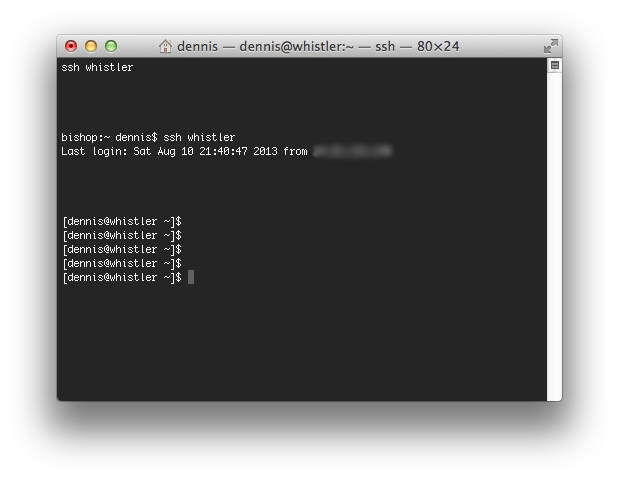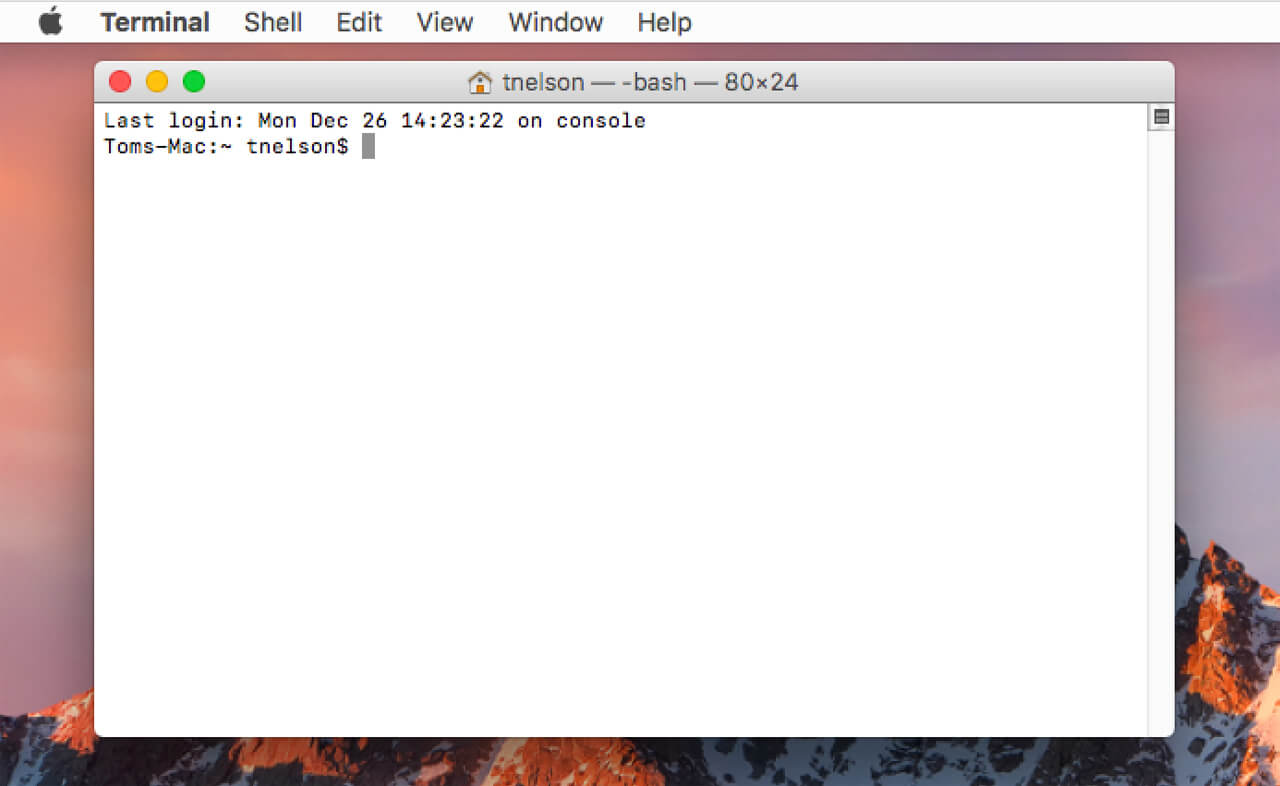

But other developer tooling has advanced quite a bit since then.

Many of the terminal tools that come with unix environments are functionally similar to how they were 20 years ago. The latest version lets you run a full Ubuntu instance that integrates seamlessly with the underlying windows instance.īy using WSL2 you can have a (mostly) identical developer experience jumping between MacOS and Windows. Windows “WSL” (Windows Subsystem for Linux) is a great tool for this you can use on Windows 10 and newer. I need to use the same tools and the same experience on both.

I regularly code on both MacOS and Windows machines and I was always annoyed how different the default experiences are on each.


 0 kommentar(er)
0 kommentar(er)
